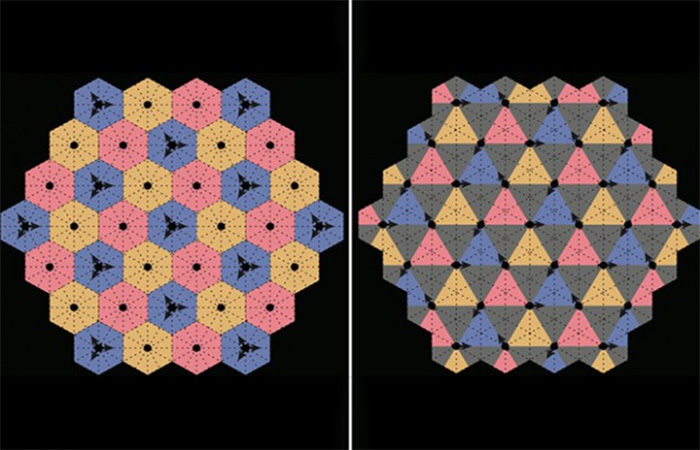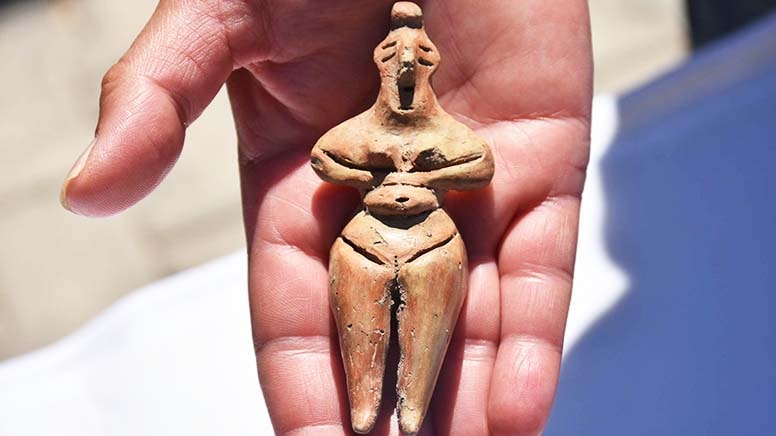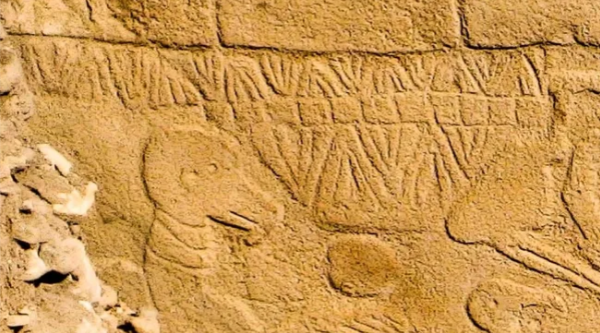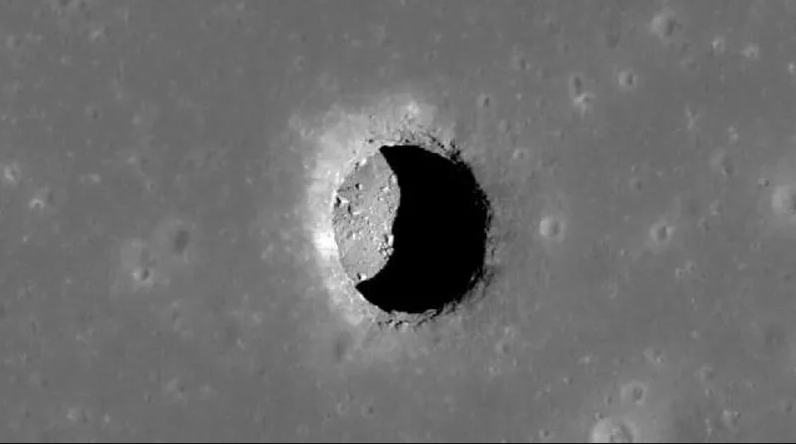- A-
- A
- A+
Scientist predict revolutionary dancing crystals
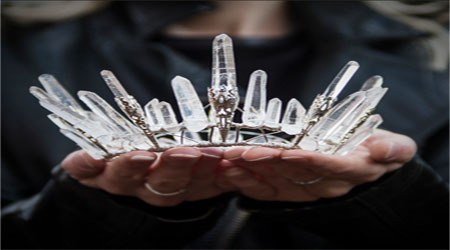
Researchers from Canada and the United States have proposed a new type of crystal, whose elements remain in a perpetual state of motion.
A new kind of crystal whose elements dance around each other has been proposed by theorists from the United States and Canada, according to a study published by the journal Physical Review Letters.
Conventional crystals are typically defined as solid arrays of static components, where the atoms line up in an orderly way.
Now scientists have proposed a new kind of crystal in which the order is based on the orchestrated movements of this crystal's components, such as orbiting satellites.
The scientists described such type of symmetry systems as "choreographic crystals", creating a formal theory to categorize them.
Latham Boyle, from the Perimeter Institute for Theoretical Physics in Waterloo, Canada, first began to think the problem over while mulling over plans for a space observatory ELISA (Evolved Laser Interferometer Space Antenna) to detect gravitational waves.
The scientists admitted that they do not know whether these "dancing" crystals actually exist in nature, but suggest that the motions of atomic nuclei or electrons in solids could be coordinated in this way.
To examine this in detail, scientists can use a spate of diffraction methods, including those conducted with the help of X-ray analysis, the researchers conclude.
Similar News
Links


 Elm TV
Elm TV
 Photo
Photo
 Video
Video
